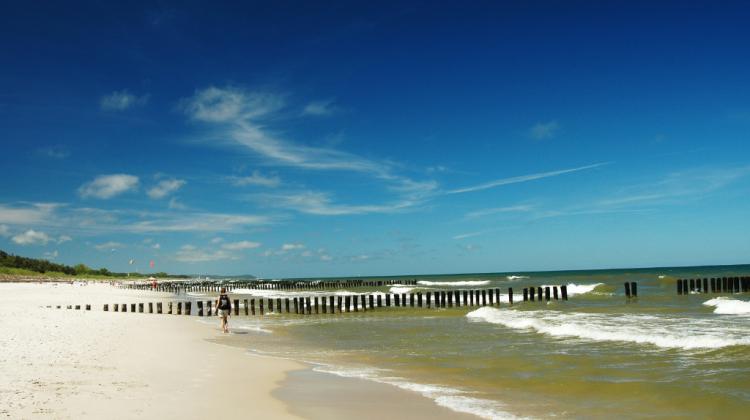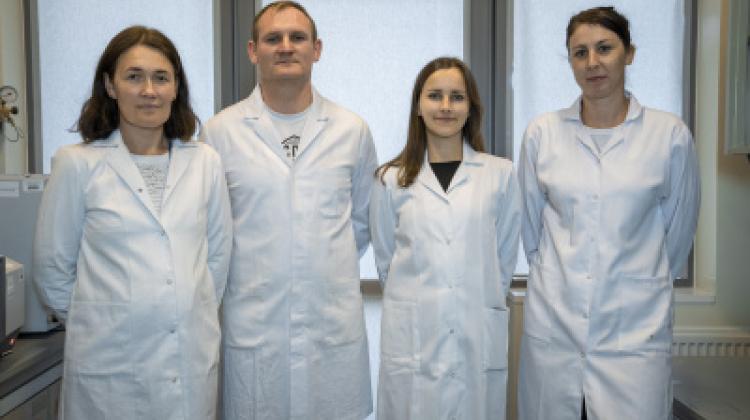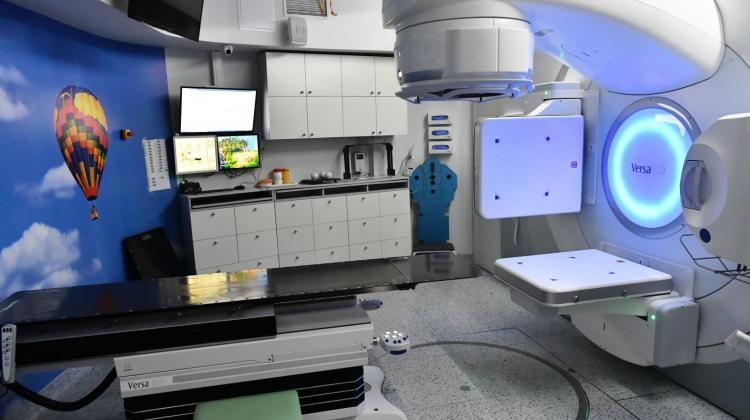Dolphins visit the Gulf of Gdańsk
 Photo: Fotolia
Photo: Fotolia
Bottlenose dolphins visited the Gulf of Gdańsk. In the first half of August they were seen in the area of Hel, Kaliningrad and Klaipeda. Bottlenose dolphins’ presence in the area of our coast was last recorded in the late nineteenth century - reported the Marine Station of the Institute of Oceanography, the University of Gdańsk.
Experts from the Marine Station of the Institute of Oceanography, the University of Gdansk received the first report about the "jumping porpoise" in the area of Hel on August 8. Unfortunately, the informant has not documented his observation even with a picture taken with a mobile phone.
"We accepted this information with routine reserve, but awaiting a proof of authentication, for example another similar report, because it is our experience that observations of such groups of cetaceans are usually repeated" - reported the Marine Station on its website.
The report came after a few days, but from the other - eastern shore of the Gulf of Gdańsk. Observation was made on August 12 by zander anglers. Polish scientists received it from Dr. Alexey Gushchin of Kaliningrad.
The same two dolphins were sighted on August 14 near Klaipeda. Information that they were bottlenose dolphins was confirmed by the scientists from the Lithuanian Sea Museum.
Earlier, in late July and early August, a pair of bottlenose dolphins of the subspecies Tursiops truncatus was observed off the east coast of Denmark. "It is worth noting that bottlenose dolphins were last spotted in the area of our coast were in the late nineteenth century" - we read on the Marine Station website.
Bottlenose dolphins are among the most common and widespread species of dolphins. They live in groups of usually about 10 individuals near the coast, up to 25 in the ocean. There are also single individuals and groups of several hundred animals, for example in the tropical Pacific region. Just like porpoises, they are protected by the provisions of the EU Habitats Directive as well as the Bonn Convention and its ASCOBANS agreement. The greatest threat to their lives are gill nets and underwater noise.
PAP - Science and Scholarship in Poland
ekr/ agt/ mrt/
tr. RL
Przed dodaniem komentarza prosimy o zapoznanie z Regulaminem forum serwisu Nauka w Polsce.


















